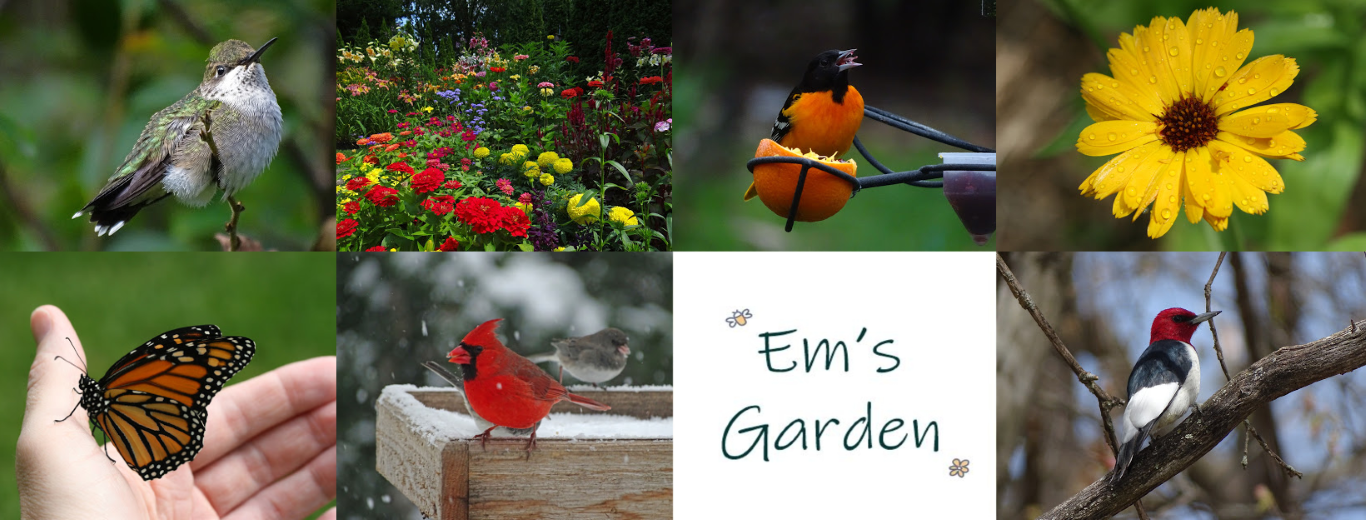Warblers migrate through our area each May, but many species only stick around for a week or so and then continue north (often as far as Canada) for the breeding season. Last weekend for the first time in my life I was excited to find a nesting pair of warblers—American Redstarts.
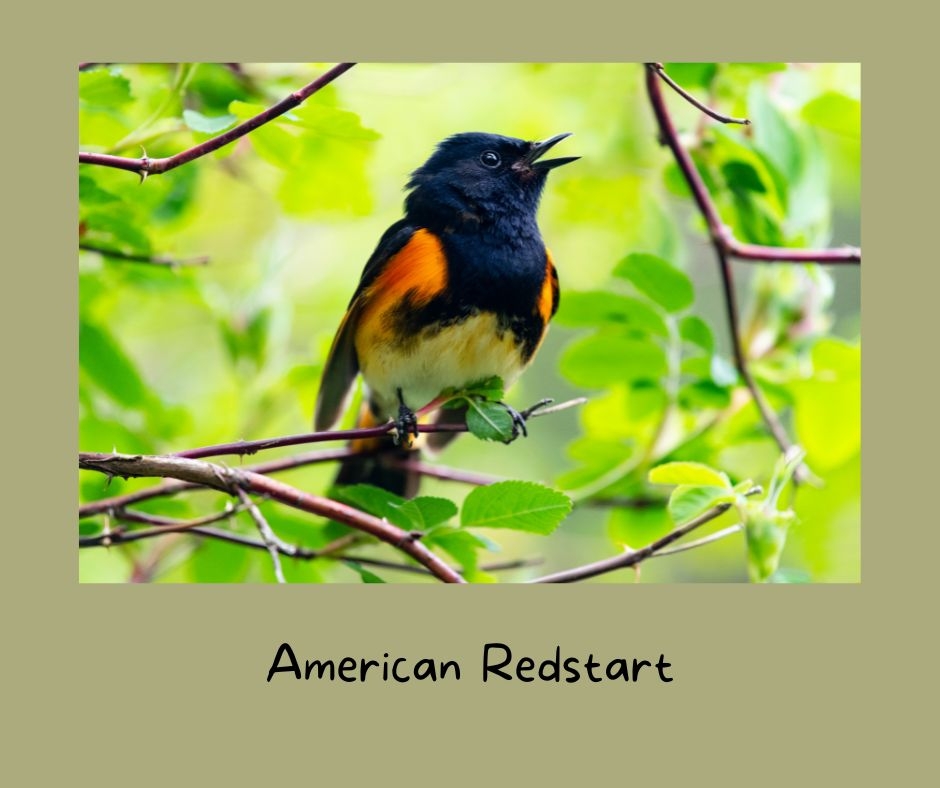
Many warbler species stay high up in the tall deciduous trees when catching insects, so it can be hard to spot them. But American Redstarts will search for insects in smaller shrubs and trees and sometimes even on the ground—they won’t give you a neck-ache (aka “warbler neck”).
It was actually the female that caught my attention. Redstarts flash their tails to supposedly rile up insects to catch but they also do it to communicate with each other.
The female has dark gray and yellow feathers and I spotted her first. She was staying in the same little tree for a long time (behavior that’s unusual for always-moving warblers). The male sat on the branch of a nearby tree and appeared to be keeping watch. All I kept seeing in my binoculars was a view of her backside, so I moved in a little closer.
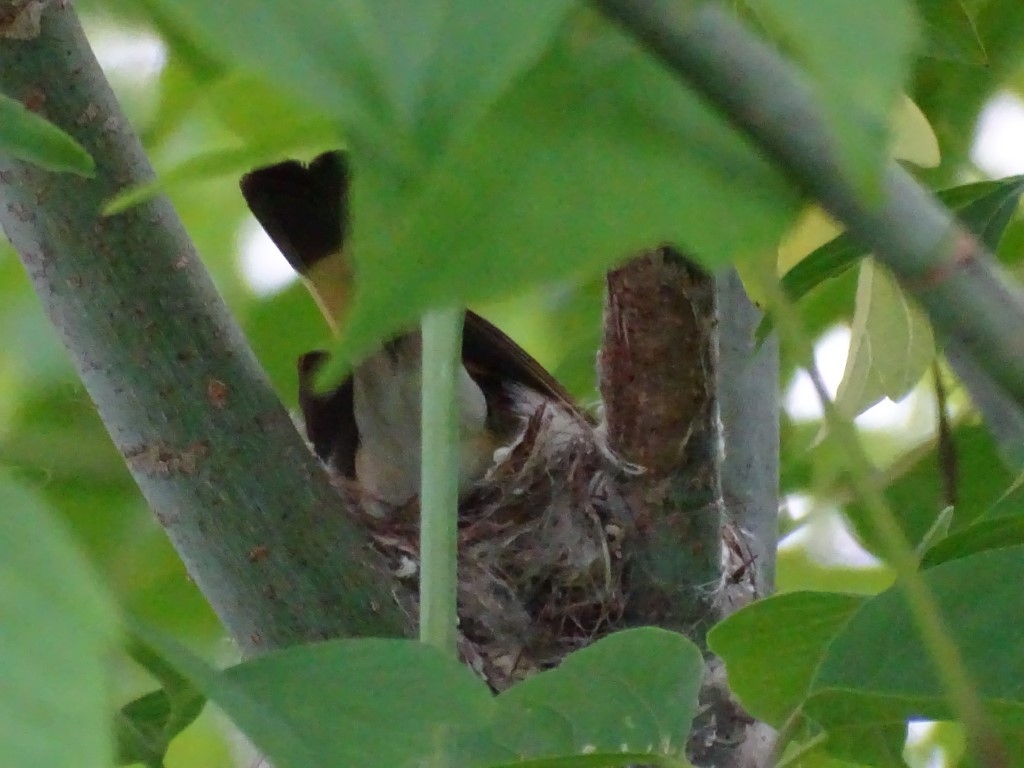
Aha, a nest!
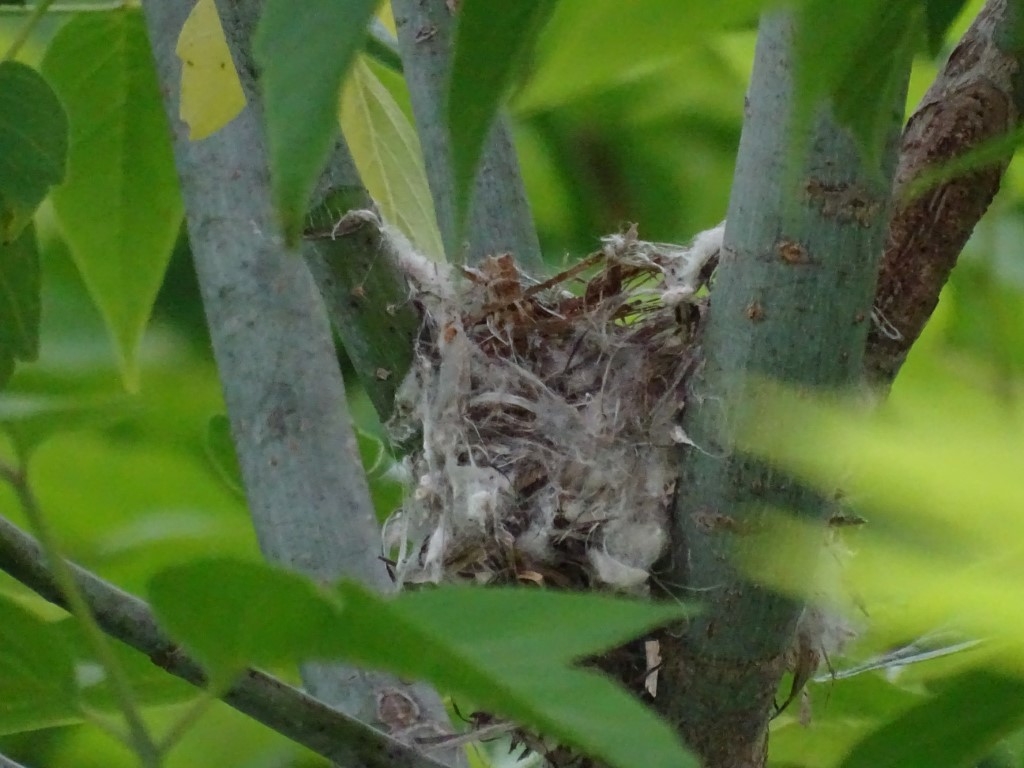
She kept flying away to collect things and would return to make a quick addition and then either turn around a few times or even sit in the nest and get everything just right before quickly flying away again.
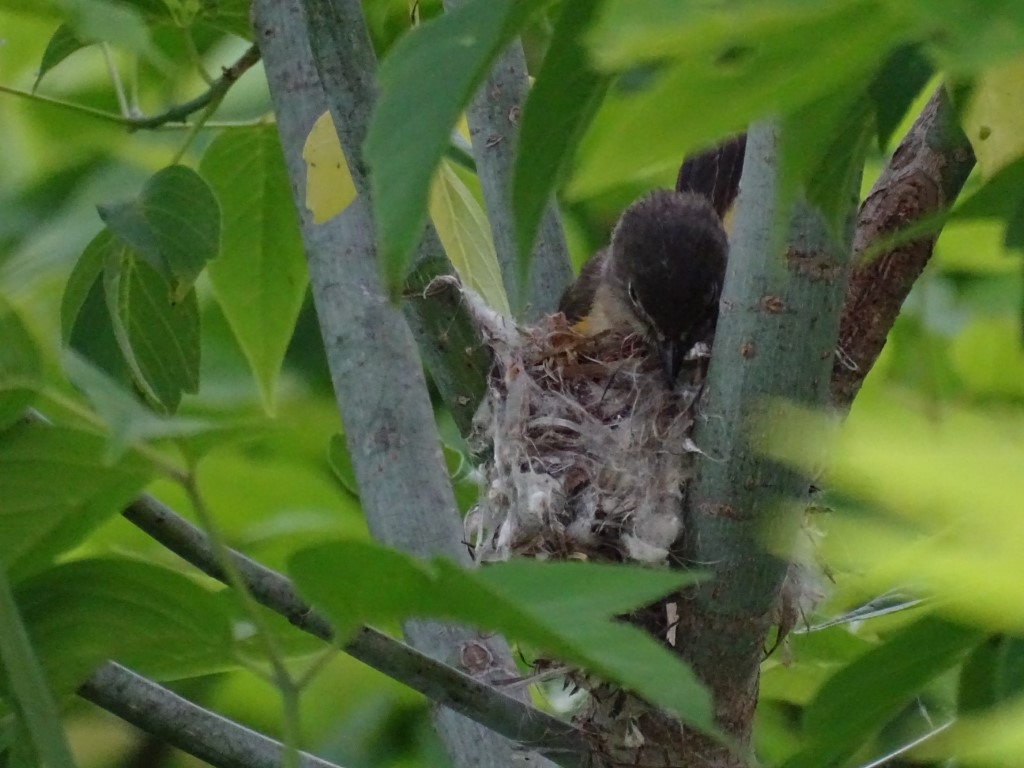
American Redstart females usually lay between 1 and 5 creamy white eggs with brown speckles.
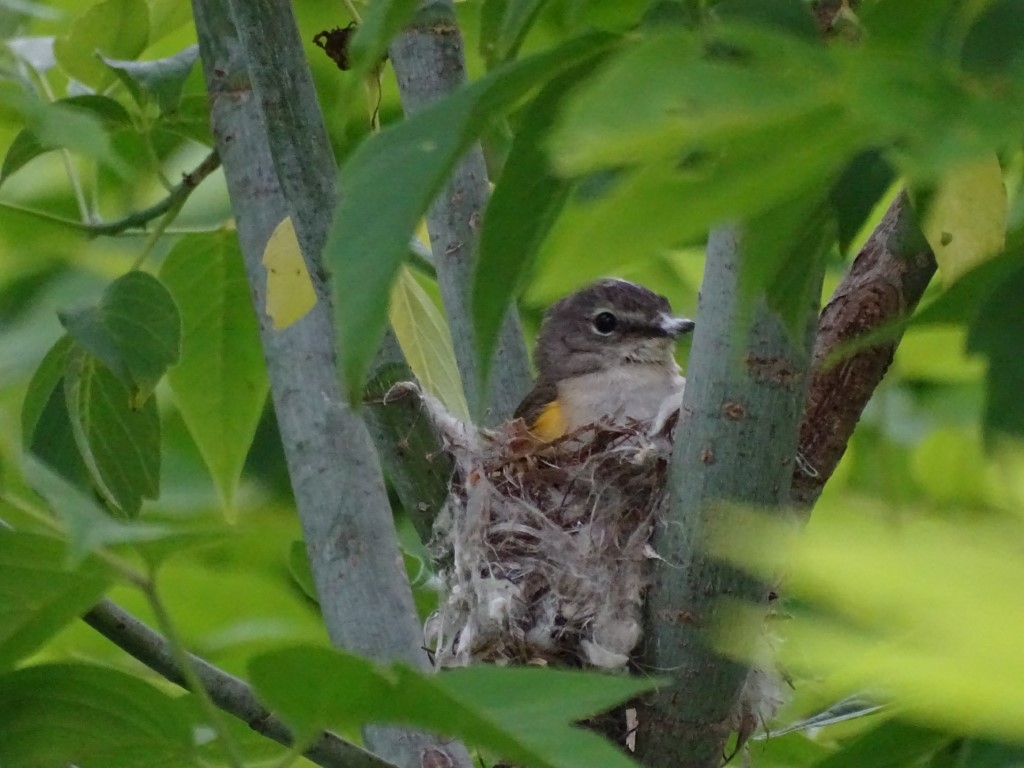
Warblers are very tiny—some less than 4 inches long, so I can only imagine how small their offspring must be! Some day I hope to see a warbler fledgling, but for now I am excited to have discovered my first nest!
